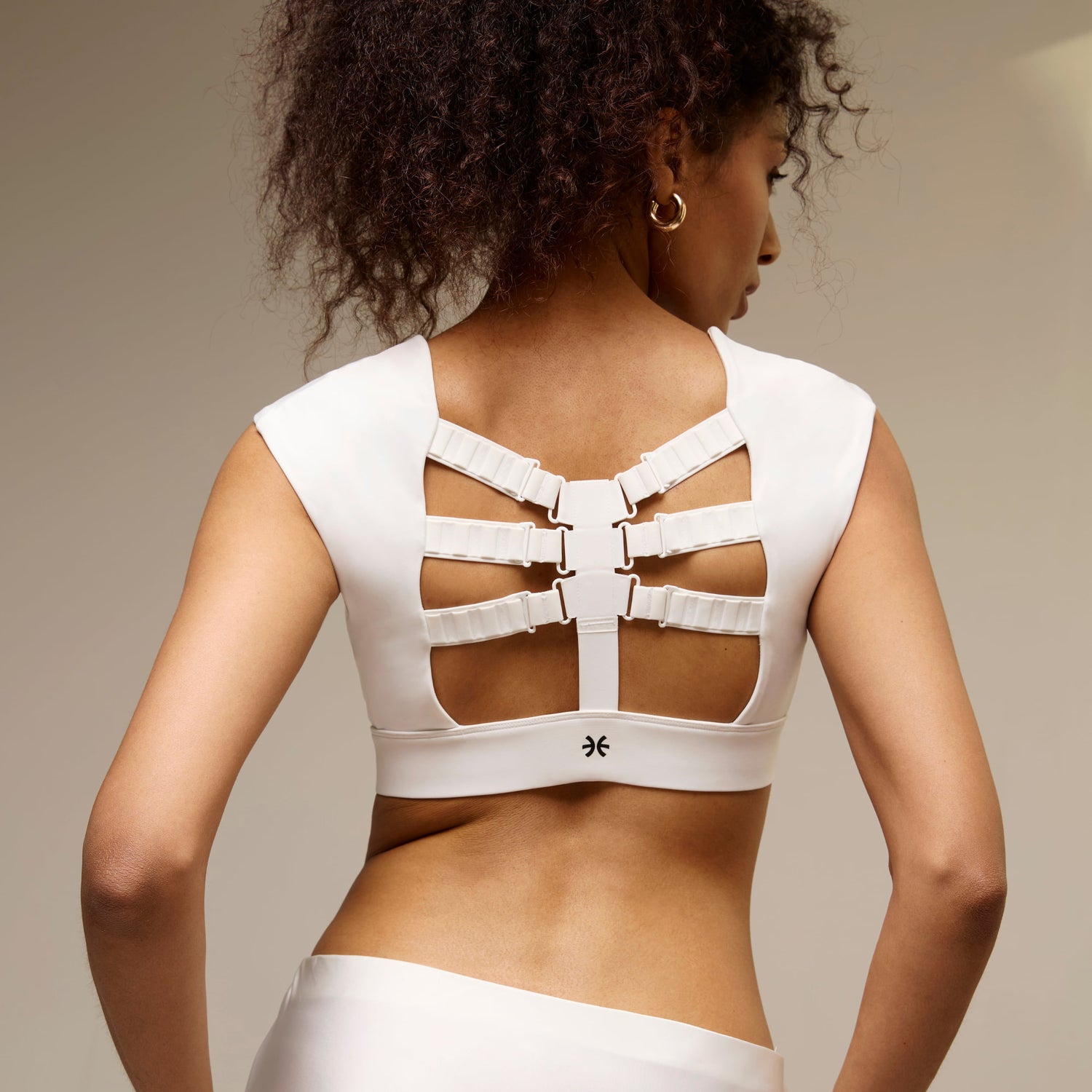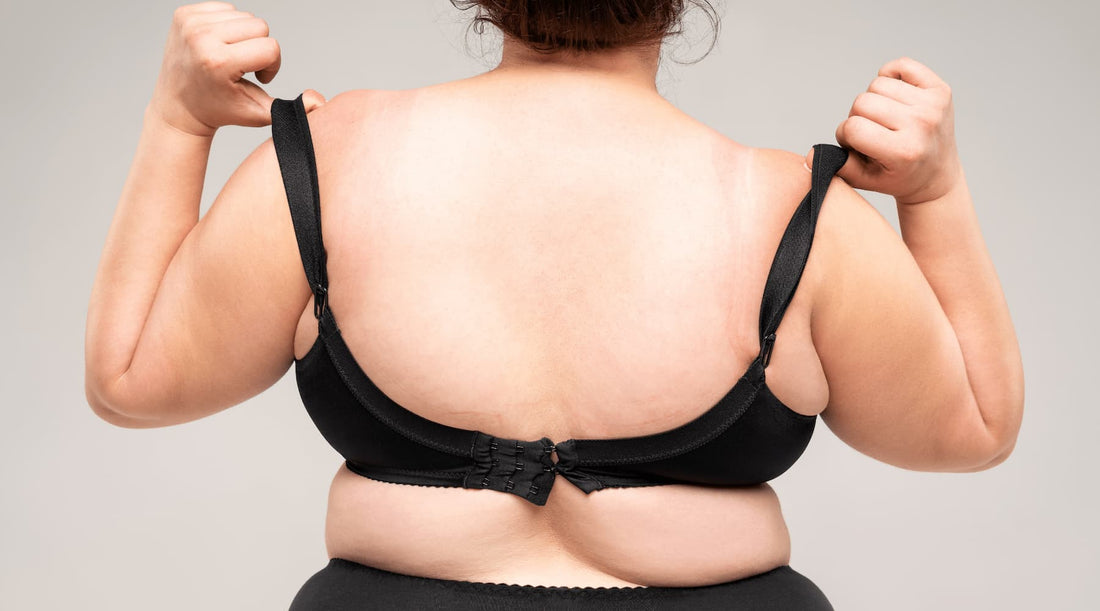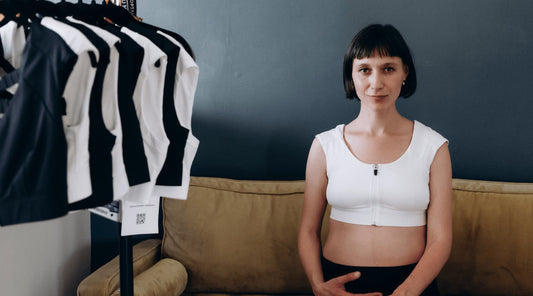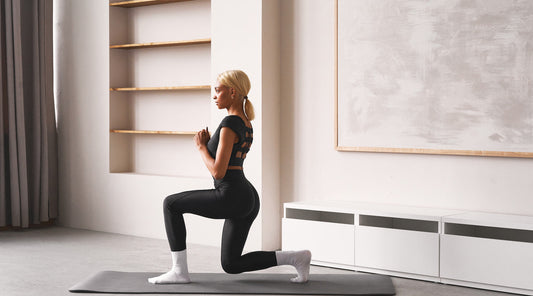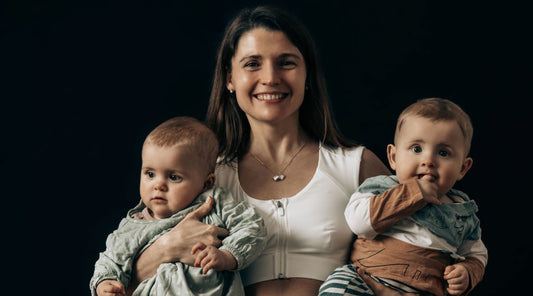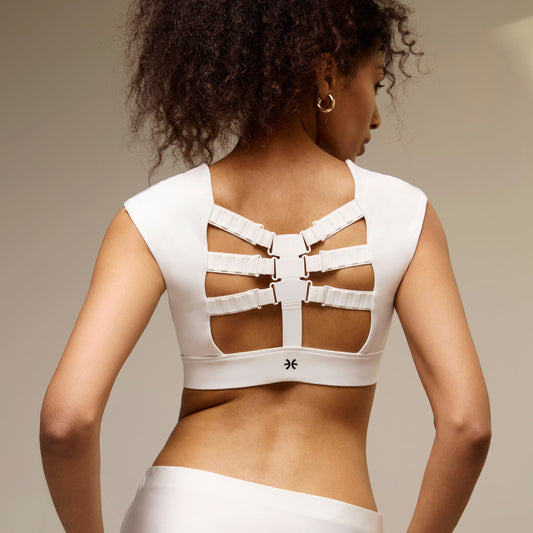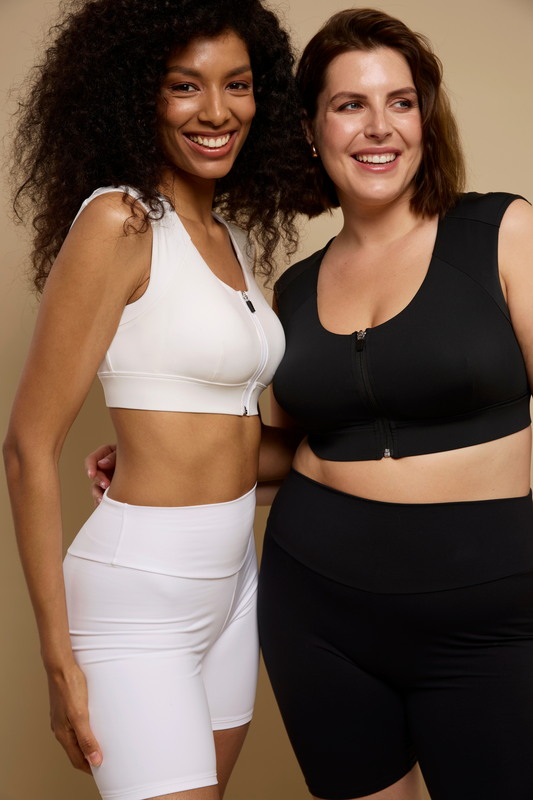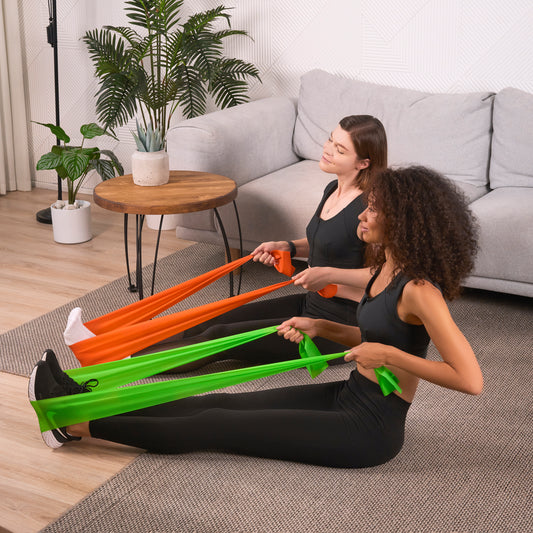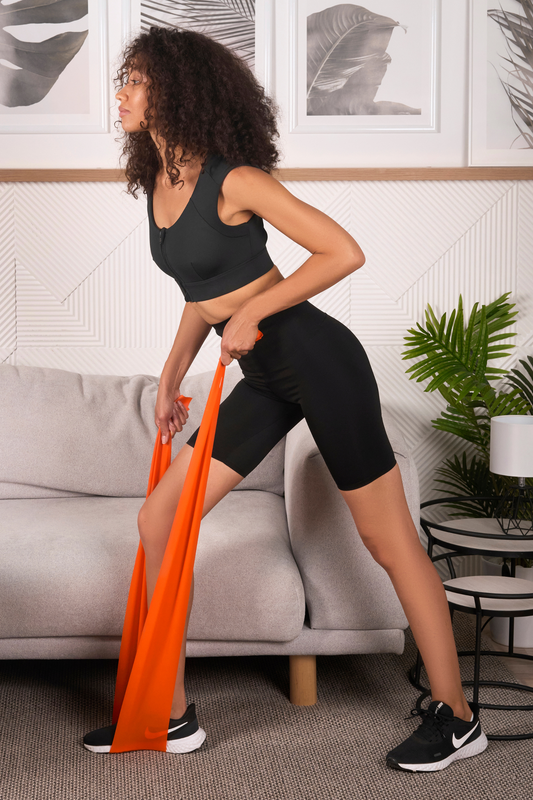We talk a lot about slouching and the risks of poor posture, but sometimes the source of your neck and shoulder pain may be something as seemingly innocuous as what you wear. When it comes to bras, women are given an overwhelming array of styles, designs, materials, colors, you name it. However, with so many options, we too often ignore the most important criteria: the size and fit.
Bras are meant to provide support and enhance your natural shape, but they shouldn’t be uncomfortable, leave permanent bra strap indentations, or even cause nerve damage. But such scenarios can happen.
Costoclavicular syndrome, also referred to as bra strap syndrome, is a very real concern that may be causing stiffness and pain in your neck, shoulders, and arms. Fortunately, there are some easy solutions to finding the best supportive bra and some much-needed relief.
What is Bra Strap Syndrome (Costoclavicular Syndrome)?
Research has found that straps are the most disliked features of bras — not that we needed a study to tell us that (1). Ill-fitting bras can cause more than discomfort, though. Bra straps that are too tight and narrow can cause deep grooves in the shoulders and dig into the underlying soft tissues.
Costoclavicular syndrome was once a problem for soldiers who had to wear heavy knapsacks. They’d experience fatigue, pain, and numbness in the arms due to the excessive weight bore on their shoulders for prolonged periods (2). In the same way, bra strap syndrome involves the compression of nerves and blood vessels in the thoracic outlet region, which is located between the collarbone (clavicle) and the first rib — where most bra straps hit.
If you notice indentations in your shoulders from bra straps, it may indicate your bra is too tight and may be pressing on the nerves and blood vessels in this sensitive area. This can be especially problematic for women with large breasts. Heavier breasts exert more pressure on the bra straps, creating deep bra dents in shoulders, shoulder blade pain, and sometimes even soft tissue and nerve damage (1).
Symptoms of Bra Strap Syndrome
Bra strap syndrome symptoms often involve stiffness, achiness, and pain in the neck and/or shoulders. If the straps are especially tight, you may experience fatigue or numbness in your arms and hands. Any of the following complaints may be associated with bra strap syndrome:
- Bra strap indentations
- My bra straps hurt my shoulders
- Deep grooves in my shoulders from bra straps
- Racerback bra shoulder pain
- Bra strap nerve damage
Costoclavicular syndrome symptoms are usually felt on both sides and can be aggravated with exercise or activities that involve heavy lifting or carrying heavy bags.

How Bra Straps Cause Shoulder and Collarbone Issues
On most bras, the bra straps fall right at the vulnerable area around your shoulders and collarbone. To support, the straps often push downward on the collarbone. The heavier the weight, the more pressure on the straps, which can cut into the soft tissues and press down on the nerves and blood vessels that pass through this area to the arms and hands.
Wearing an ill-fitting bra — one that is too tight in the straps or chest band, has thin straps, or is simply the wrong cup size — can put unnecessary strain on your shoulders, and may also impact your posture.
Treating Costoclavicular Syndrome
Shoulder pain due to bra straps is a rather common complaint. For bra strap syndrome treatment, first take an inventory of your bras. Which ones are uncomfortable? Which ones leave bra dents in your shoulders? Do you have racerback bras or ones with small, narrow straps? Are they all the same cup size?
For any current bras you own, you can try to thread a small shoulder pad through the straps to help lessen the pressure. Otherwise, look for bras with broad straps and ones made with high-quality material that will not cause chafing.
Also, work on being mindful of your posture. Try these strategies to overcome slouching and wear a specific posture correcting bra for a healthy posture to help strengthen and stretch the appropriate muscles around your neck, shoulders, and upper back.
If you’re experiencing pain in the neck, shoulders, or back, avoid any activities that make it worse. If the pain persists, consult with your doctor.
Choosing the Right Bra for Bra Strap Syndrome
You have a million and one choices, so how to pick the best bra for you?
- Get a proper bra fitting. We can’t stress this enough! Many women find that they’ve been wearing the wrong bra size their entire lives. Most specialty bra shops or major department stores with an intimates section offer free bra fittings. You can also measure yourself at home.
- Follow the brand’s recommended sizing guide. If you’re buying a bra online, check for a sizing guide. Sizes will vary depending on the brand and the bra.
- Choose bras made with high-quality material. Look for bras made with cotton, natural fibers, and other soft, breathable fabrics that won’t irritate your skin or cause bra strap indentations.
- Try on many styles and designs. At the end of the day, you’re the only one that can determine what makes you feel good. It will take patience — possibly several trips to the dressing room and maybe even a few returns — but it’s worth trying out different brands and designs to see what best suits your personal style and body shape.

You may also want to consider trying a comfortable and customizable posture corrector — like the Etalon posture bra — to help build muscle memory and relieve pain in the areas affected by costoclavicular syndrome.
Tips for Preventing Shoulder Pain and Damage
Pain and shoulder damage from bra straps and poor posture can be easily preventable. Here are a few ways to protect your shoulders:
- Choose bras that are supportive yet comfortable and suit your body shape and lifestyle (see above!).
- Incorporate stretches and exercises that target the shoulders. Try these 7 shoulder exercises to get you started.
- Focus on your posture by keeping up a regular movement routine, taking breaks during prolonged standing or sitting sessions, and setting up an ergonomic workstation. Find more tips for maintaining good posture here.
- Avoid activities that may aggravate any shoulder pain, like heavy lifting.
Most importantly, stay in tune with your body. If you notice that a particular bra or piece of clothing is causing discomfort or pain, stop wearing it! See if there’s a way to adjust the straps or alter the garment to better fit you.
Bra Strap Syndrome: Solved.
Shoulder pain due to bra straps is no joke. If you’ve noticed that your bras cause discomfort, deep grooves in your shoulders, stiffness or pain, and even tingling or numbness in your arms or hands, you may be dealing with costoclavicular syndrome. This comes down to the bras you are wearing. Watch out for too-thin and too-tight straps that leave indentations in your shoulders. They are putting unnecessary pressure on the nerve-and-vessel center around your collarbone, causing achy and fatigued shoulders and often poor posture.
The easiest solution: Know your bra size (get a proper fitting if you can!) and choose bras that are supportive, comfortable, and make you feel fabulous.
SOURCES:
- Sports Medicine - Open. Bra strap orientations and designs to minimise bra strap discomfort and pressure during sport and exercise in women with large breasts. https://www.ncbi.nlm.nih.gov/pmc/articles/PMC5005736/#CR5
- Physiopedia. Costoclavicular Syndrome. https://www.physio-pedia.com/Costoclavicular_Syndrome
FAQs
How do you get rid of bra strap syndrome?
Can a tight bra cause shoulder pain?
Can bra straps cause shoulder impingement?
Are there specific exercises that can help alleviate shoulder pain from bra straps?
What types of bras are recommended to prevent shoulder pain and avoid deep grooves from bra straps?
Trending
Try Etalon posture improvement products
